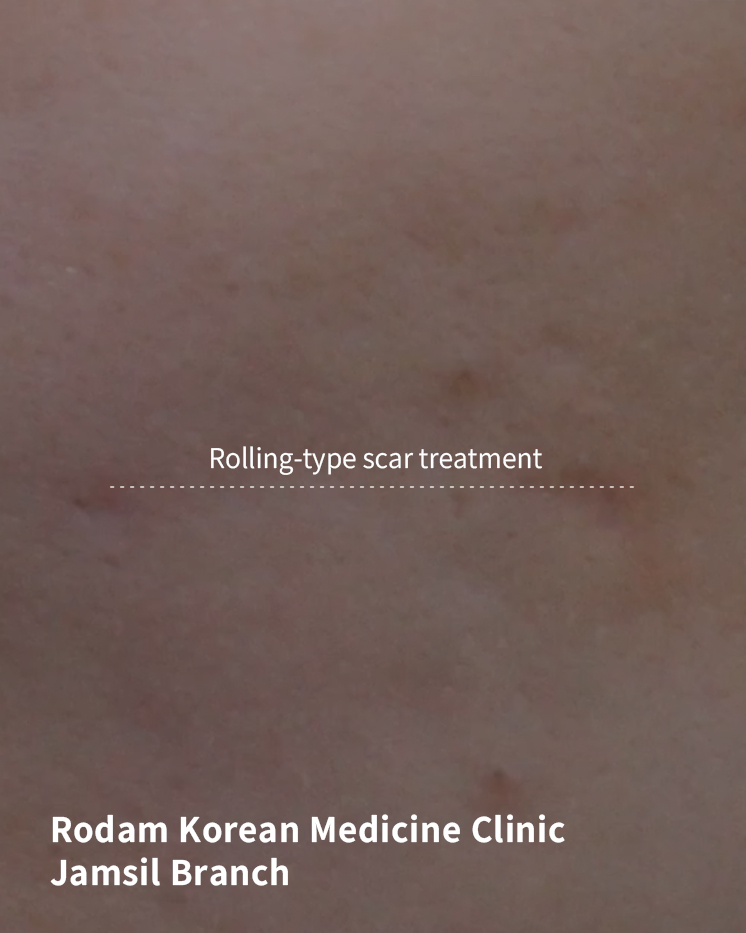
Acne Scarring, Rolling Scars Case of Coratherapy at Korean Medicine Clinic in Jamsil
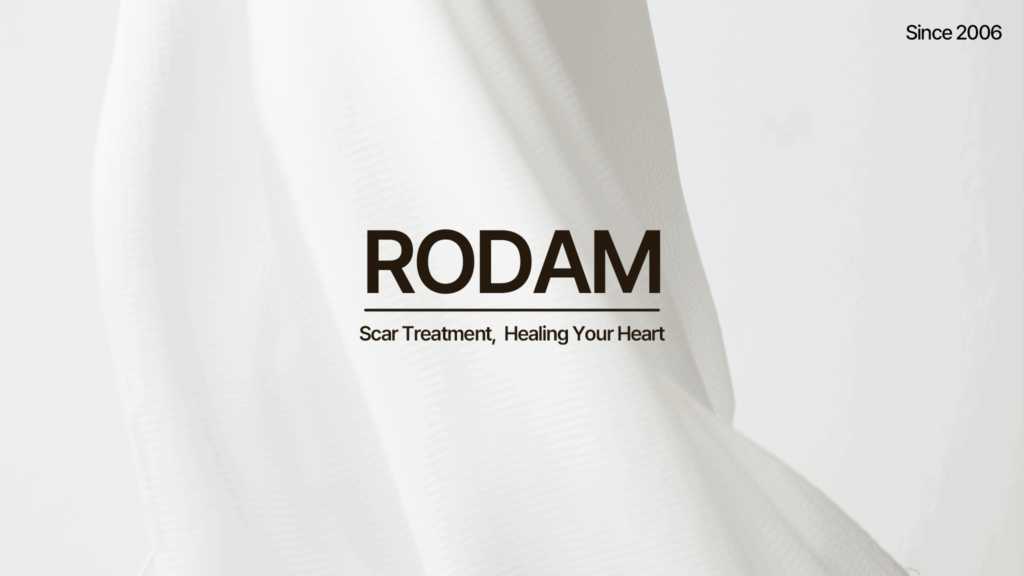
Hello, this is Dr. Eunbyeol So from Rodam Korean Medicine Clinic Jamsil branch, specializing in scar removal.
Today, I will introduce a case of treating rolling-type acne scars for a woman in her late 20s.
The scars widened as acne from her teenage years was frequently squeezed or touched by hand.
Additionally, the butterfly zone at the front had pitted pore scars,
causing issues with enlarged pores.
Now, let me explain in more detail what rolling-type scars are
and how much improvement was achieved through Coratherapy.
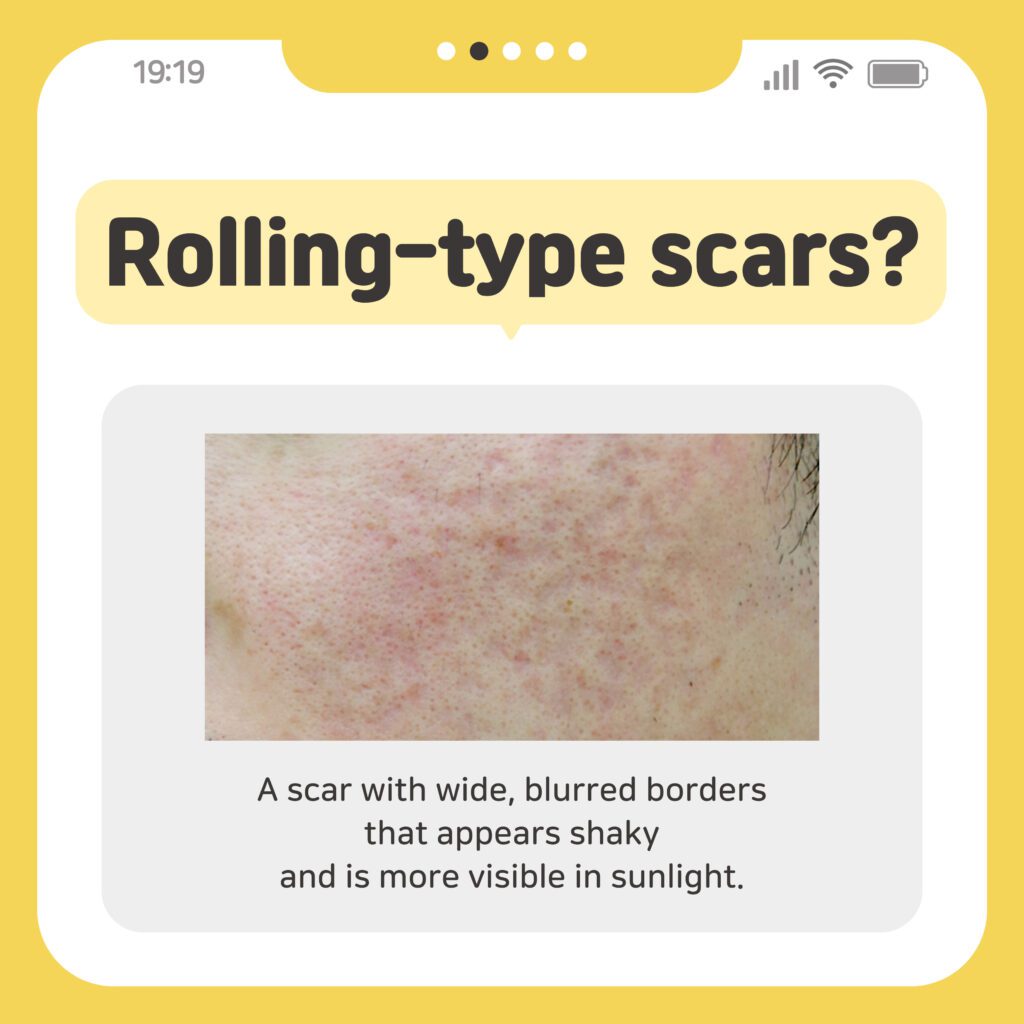
What are rolling-type scars? Characteristics and treatment difficulty
Rolling-type acne scars have blurred boundaries and appear widely indented.
Under natural light, the uneven texture becomes more noticeable,
and under indoor lighting or when taking selfies, the shadows on the skin
make these scars stand out even more compared to other types.
Although the unclear boundaries make these scars challenging to treat,
they can be significantly improved with the right treatment.
So, why are rolling-type scars considered difficult to treat?
Because the boundaries are unclear, it is ambiguous to determine the exact area that needs new skin growth.
This characteristic requires adjusting the treatment intensity slightly during each session
based on the progress of skin regeneration and patient feedback.
It also involves predicting how the skin will improve and designing the treatment accordingly.
Therefore, when seeking treatment, it is important to consider not only the type of procedure
but also the expertise of the medical professional.
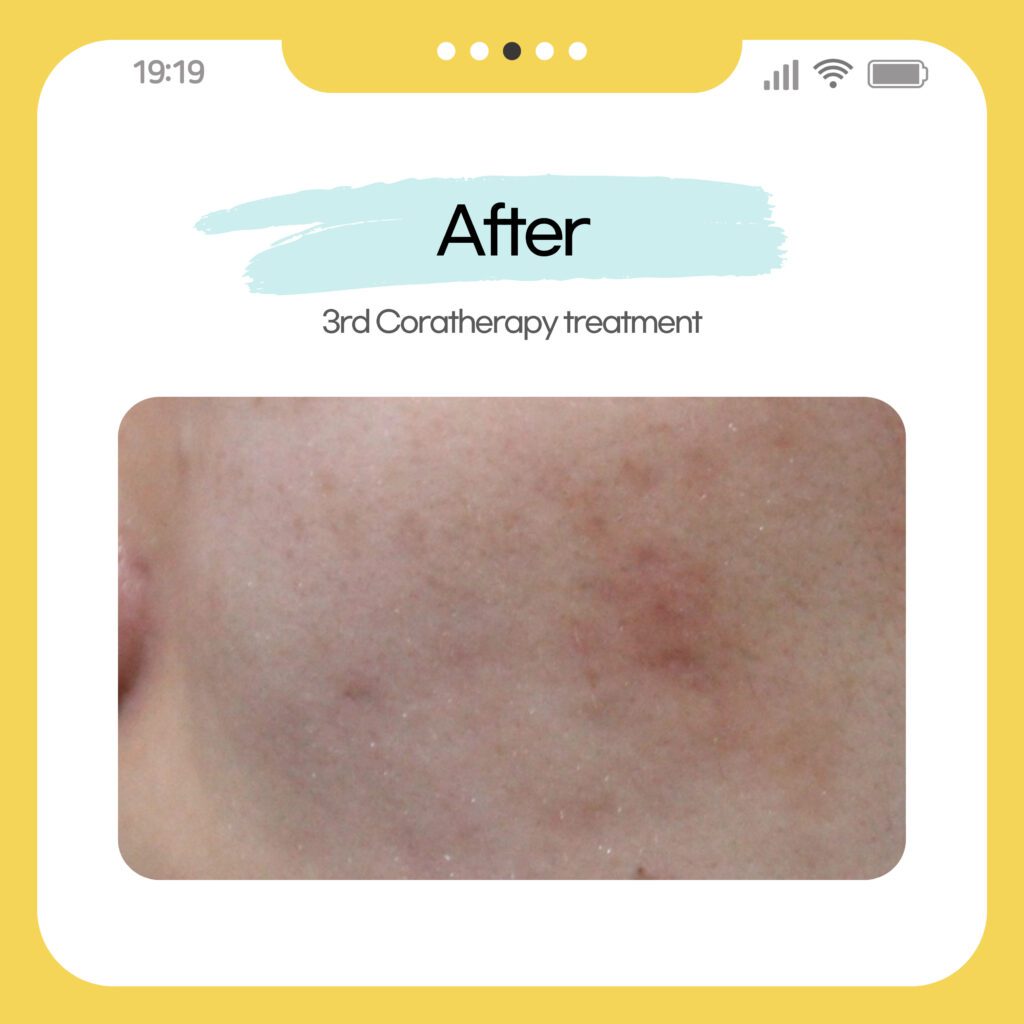
Case :: Pitted acne scars on the cheeks from teenage years
History :: No prior treatment experience, old scars
Report :: 8 sessions of Coratherapy
The patient in this case underwent a total of 8 sessions of Coratherapy.
Although the patient’s skin was generally elastic,
the scars were widely spread, requiring consistent treatment.
Before the first session, the scars on the right cheek were particularly deep and wide, making them very noticeable.
However, after the third session, the depth of the scars visibly reduced,
and the skin surface gradually became smoother.
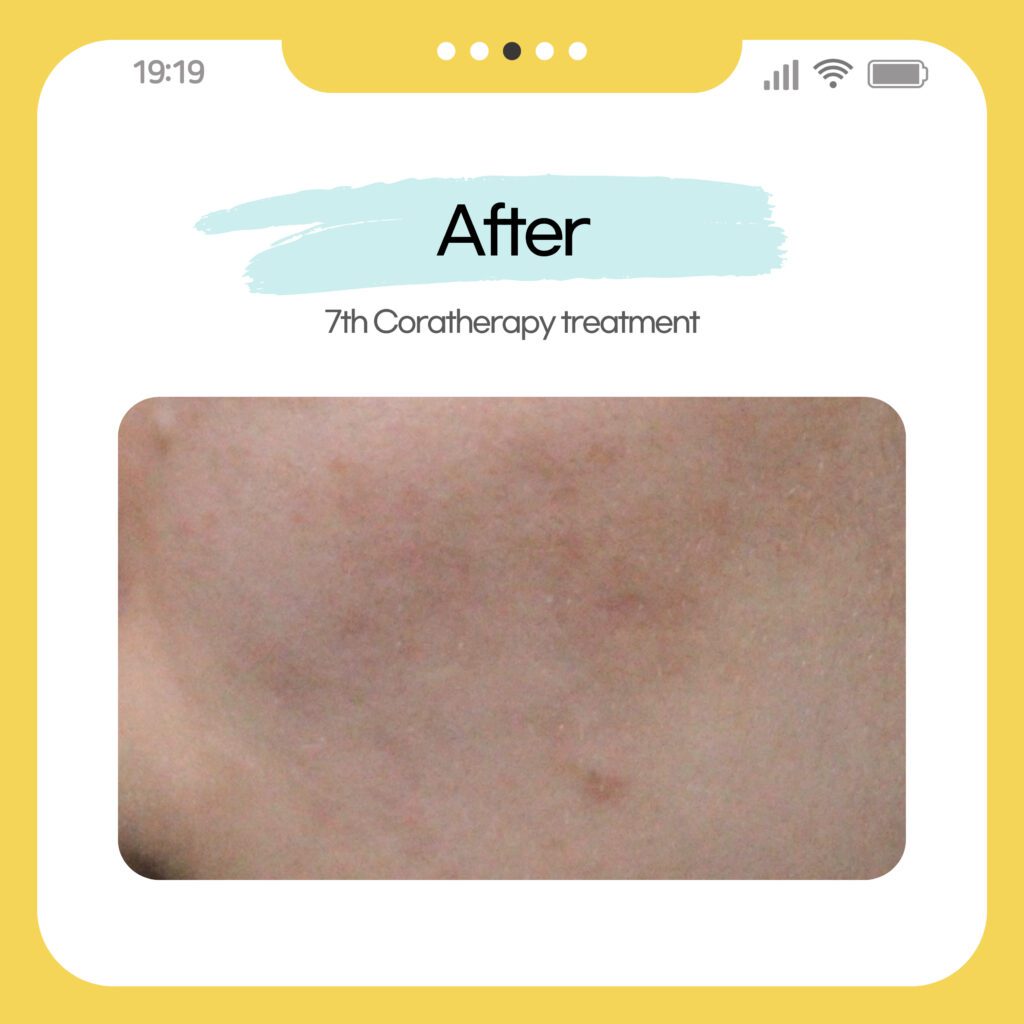
By the 7th and 8th sessions, the uneven texture of the skin had significantly diminished,
and smooth skin texture could be observed even under natural light or artificial lighting.
As demonstrated, Coratherapy is effective in improving rolling-type scars.
One of its major advantages is that it minimizes irritation to the skin
by avoiding the use of artificial substances,
allowing for safe treatment tailored to the patient’s skin condition.
If you have tried other treatments but your rolling-type scars have not improved
or the improvement was only temporary, consider Coratherapy.
The medical professionals at Rodam Korean Medicine Clinic
accurately assess the type, depth, and extent of scars
and provide meticulous Coratherapy tailored to each individual’s skin condition,
ensuring satisfactory results.
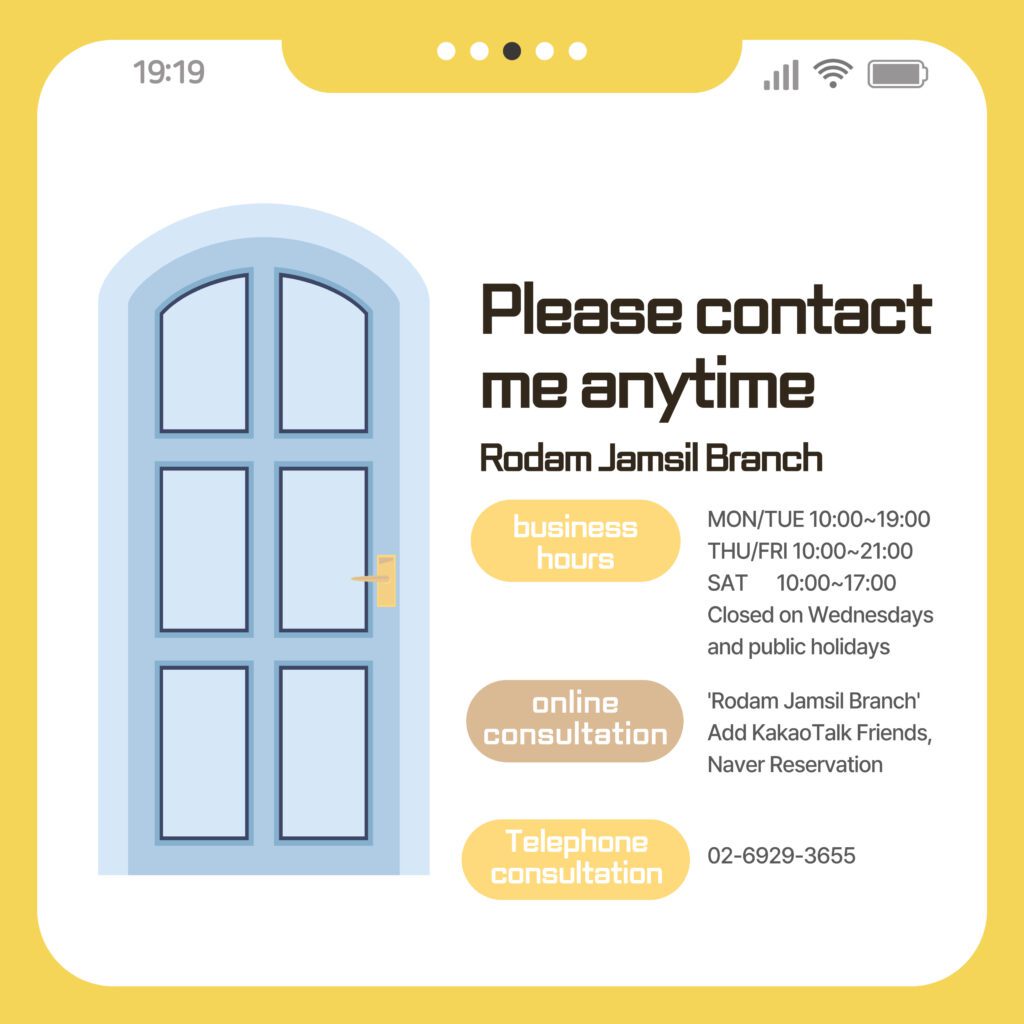
I hope today’s case has helped you better understand acne scar treatment.
We will continue to share various cases and useful information
to help address your skin concerns.
If you have any questions, feel free to contact us.

